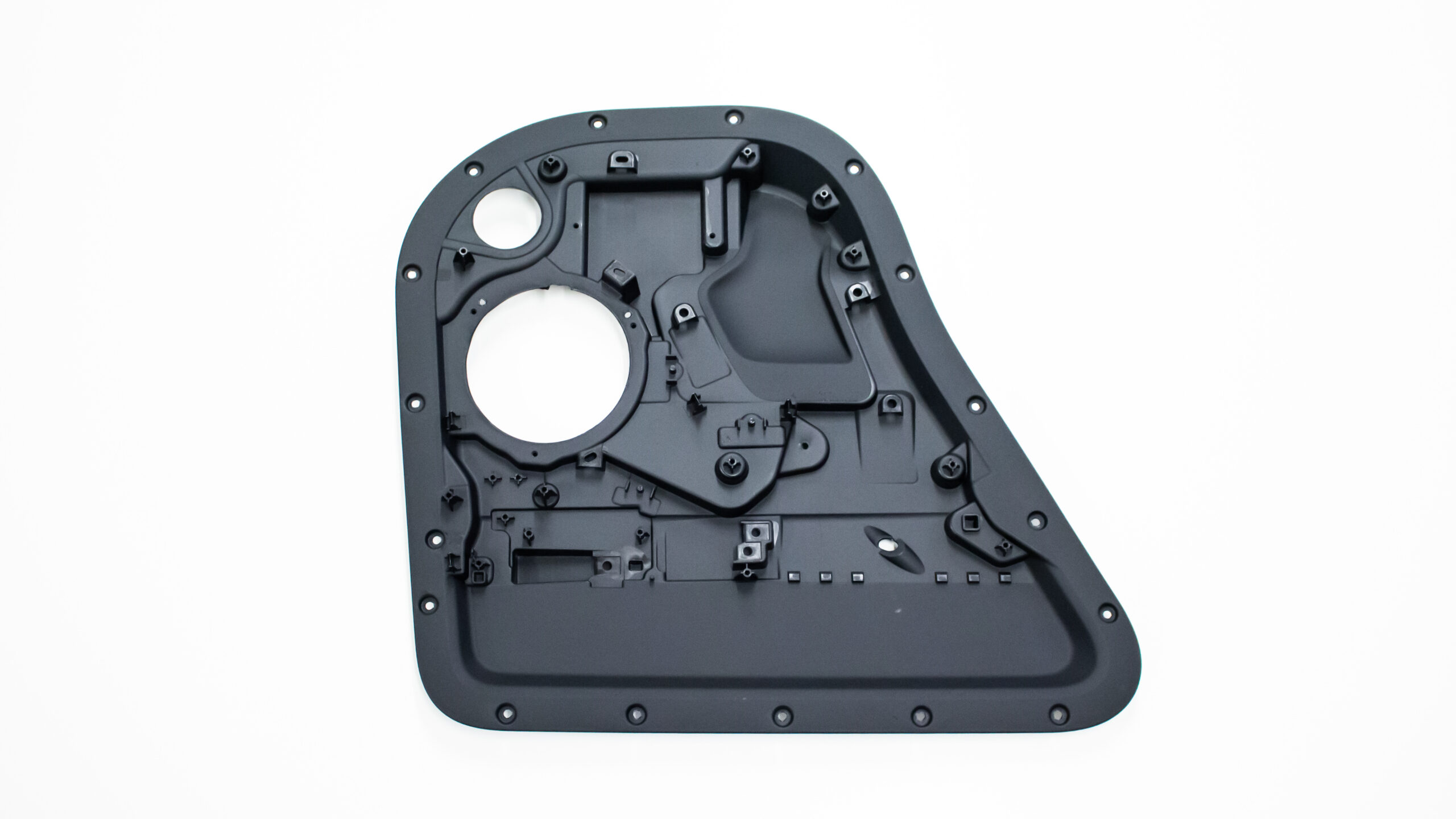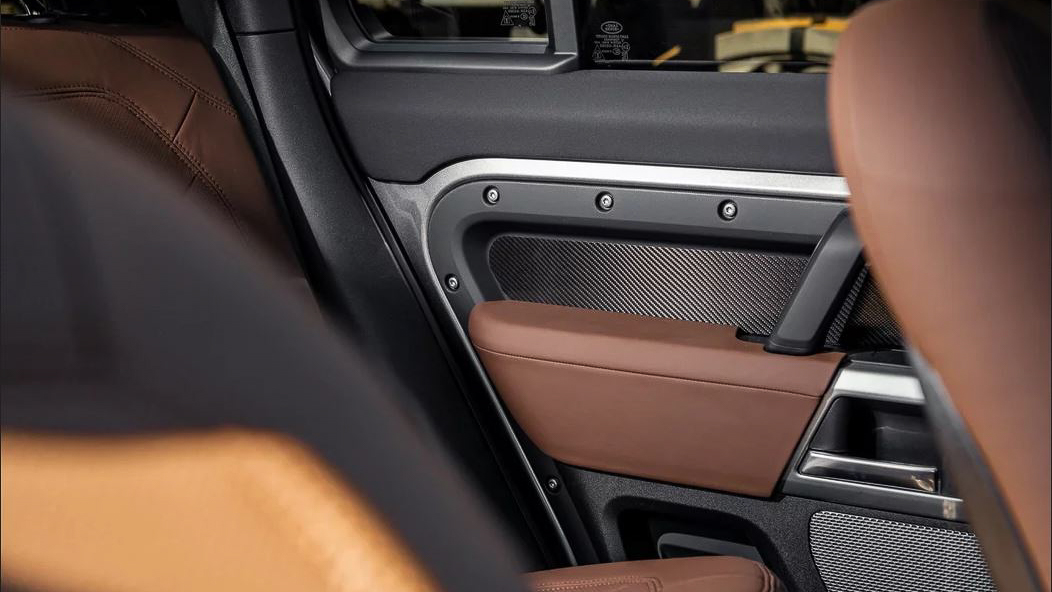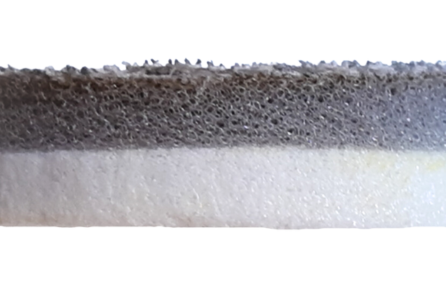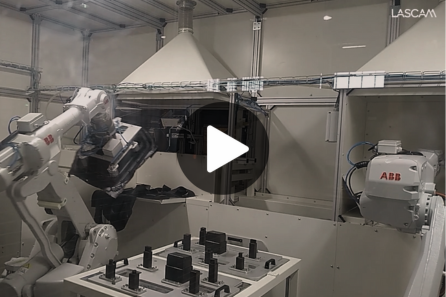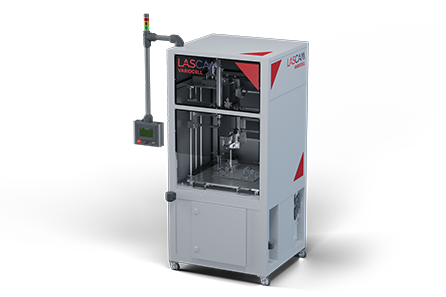Large format laser cutting is a technology that is widely used due to its ability to process parts up to 1090 x 1000 mm2, in stationary laser systems, while in robotic applications the part size is limited only by the robot’s range. This technology is used in applications involving cutting and drilling of sandwich roof and door panels, parts made of polymer matrix composite materials, rugs, trunk reinforcements or even entire dashboards.
Large format laser cutting of plastics
- Contactless process
- Variability of thicknesses without the need to change parameters
- Automatic laser beam path correction
- No further process needed
- No heat input and no effect on plastic/sandwich material
- Repeatable accuracy ±0.5mm for the entire part up to a size of 1200x1200mm
- Cutting speed up to 3000m/s
- Competent alternative to shearing, punching, or milling
Cutting oversized parts
The use of variable-focus optics enables the creation of scanning systems with a wide field of view, which can be used for machining parts with dimensions of up to 1090 mm x 1000 mm. This size range typically includes door panels and upholstery that can be machined in a single step. It is therefore possible to drill or cut, for example, technological holes for mounting speakers or attachment of the part itself.
Robotised applications
In laser technology applications utilizing robotic arms, there is no limit to the possible size of a part. By using a standard robot with a reach of approximately 2 m, parts with a length of up to 2500 mm can be processed. Moreover, with a suitable fixture it is possible to maintain a high repeatability of the process, with a relative cut part offset of ±0.5 mm and a travel accuracy of 0.15 mm. It is an excellent replacement for the cutting, punching and milling processes.
High-quality cutting
Sandwiches composed of leather/plastic, plastic/plastic, rubber/plastic, NFPP/carpeting/foam in different combinations and thicknesses are organic materials. This property can be utilized and the given materials can be cut using FIR laser. High laser process efficiency provides cutting speeds of up to 250 mm/s, together with optimum quality at the point of the cut. After laser processing, materials at the cutting point retain their mechanical and visual properties, such as color, flexibility, texture or purity.
Selected projects
Large format cutting of interior door panels from the back injection molding process directly linked with the pressing process, with no need for operator intervention.

